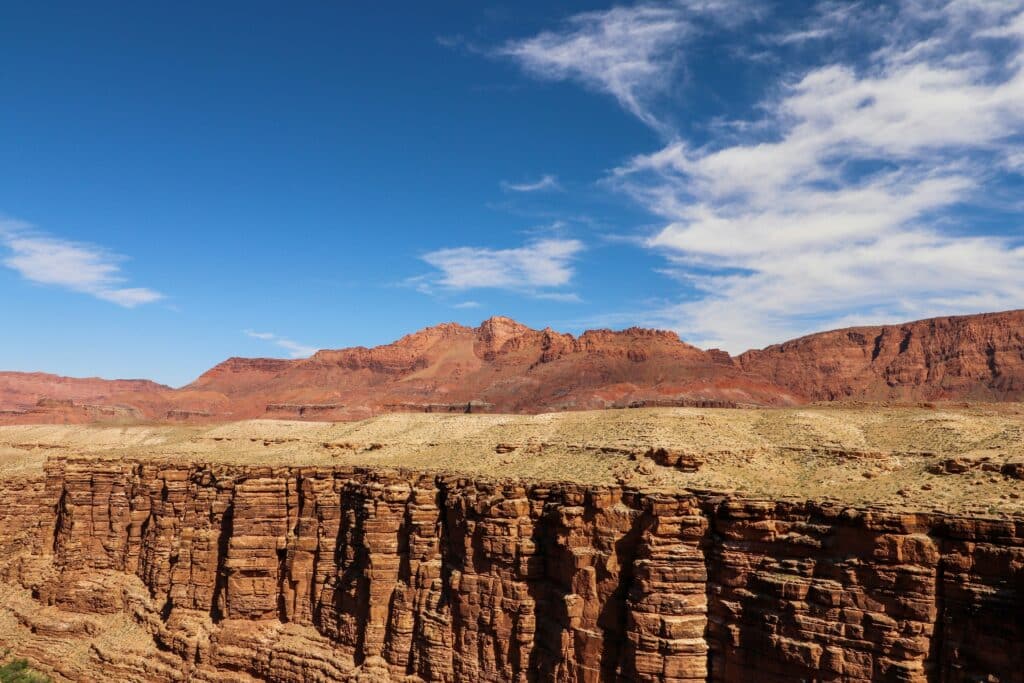Lifting the lid on the first initiative of the EU Hydrogen Strategy: the European Clean Hydrogen Alliance
The European Clean Hydrogen Alliance’s vision and structure
The European Clean Hydrogen Alliance (ECHA)[1] was first announced in the European Commission’s (EC) New Industrial Strategy[2] on March 10, 2020. Following the model of the European Batteries Alliance (EBA)[3], the aim of the ECHA was to build on existing work to identify regulatory, technological, and financial barriers to the establishment of a decarbonised hydrogen economy in Europe, along with corresponding solutions to ameliorate these challenges. The EU Hydrogen Strategy, which followed in the summer of 2020, further elucidated the role of the ECHA as a tool for guiding investment through a pipeline of projects to be proposed by the end of 2021. The EC foresees up to €470 billion total investment in the renewable and low-carbon hydrogen space by 2050[4] and is using the ECHA to help guide investment in line with the aims of the Hydrogen Strategy, namely electrolyser capacity of 6GW by 2024 and 40GW by 2030, as well as total decarbonised hydrogen production of 10 million tonnes by 2030[5].
The ECHA is made up of 6 thematic ‘roundtables’, covering different components of the supply chain and end uses: (I) production, (II) transmission and distribution, (III) industrial applications, (IV) mobility, (V) energy sector uses, (VI) residential applications. The roundtables are populated by a cross-section of hydrogen and wider energy sector stakeholders, and they serve as a platform for discussion as well as a soundboard for the EC, who chair the tables with representatives from DG’s ENER and GROW. The composition of the roundtables broadly follows a ratio of 70% industry, 20% non-governmental organisations (NGO’s) and academia, 10% members of public administration. It should be noted that the FSR sits on the production as well as transmission and distribution roundtables.
Deliverables of the ECHA
Upon convening for the first time in early 2021, one of the first and most important tasks of the ECHA was to establish a set of criteria against which prospective projects could be assessed for their value in contributing to the aims of the EU Hydrogen Strategy. The criteria covered issues such as emission intensity, cost, production capacity, start and completion dates. Upon conclusion, a call for submissions was announced, formally closing on May 7, 2021, with more than 1,000 submissions constituting a cumulative capacity far in excess of the electrolyser and total production targets outlined in the strategy. The submissions are currently undergoing screening by the EC, with a final list of projects eligible for inclusion under the ECHA expected by the end of 2021. There is currently no public investment budget allocated to projects in the ECHA pipeline, however, the EC guides projects towards existing financing mechanisms[6] through a Hydrogen Public Funding Compass[7], as well as offering visibility to private investors through events and fora.
A second key outcome of the ECHA has been an informal stakeholder consultation conducted within the roundtables, regarding the barriers and mitigation measures pertaining to the development of a decarbonised hydrogen sector in Europe. The output of this process has been both in the form of a document communicated to members of the European Commission, as well as a series of meetings between co-chairs of the roundtables and the Commissioners and Director Generals for ENER, GROW, and TRADE. The outcomes from this information gathering process serve as a barometer to the EC regarding the state of the sector and potentially inform the policy drafting process for upcoming legislation on the decarbonised gas sector, poised for later this year[8].
The third pillar of the ECHA has been events, namely workshops and fora. The first ‘European Hydrogen Forum’ took place in November 2021 during the ‘Hydrogen Week’, where the birth of the ECHA was marked, but the activities of the Alliance had yet to formally get underway. The second European Hydrogen Forum in June 2021 was less ceremonial and more practical, with 80 thematic and more than 300 one-on-one matchmaking sessions taking place over the course of two days. These sessions are a core part of the work of the ECHA, offering an opportunity for companies to find synergies between initiatives to raise the profile of their projects and increase the attractiveness of their offering for interested investors. The matchmaking platform remains live, to facilitate continued collaboration. There have also been a number of instructive workshops arranged by the co-chairs of the roundtables, including one on financing in September 2021.
Next steps and reflections
According to the original scope, declared at its launch, the work of the ECHA is largely completed. The pipeline of projects is now in the hands of the EC, and the barriers and mitigation measures have been outlined and communicated. Nevertheless, the ECHA appears set to pivot focus towards the information sharing and problem-solving components of its work and will likely maintain its role as a sounding board and barometer for developments in the hydrogen space. In November 2021 there will be the third European Hydrogen Forum, after which the renewed identity of the ECHA will likely become clearer again.
Reflecting on the work of the ECHA to this point, there are those who critique the ‘exclusivity’ of the Alliance, arguing that information gathered from this space excludes certain voices and sets the balance of opinion in favour of certain stakeholder groups over others, due to the ratio of representation. There are also concerns that the ECHA is another place for talking, and about which others can talk, but that it delivers nothing tangible – as such serving only to distract from the real issue of decarbonisation. Arguably, an example of this could be the absence of direct funding for projects. Moreover, it remains to be seen how many of the 1,000+ proposed projects make it into operation and how much value they have as a driver of decarbonisation, particularly given that the criteria for applications was set by the same companies who submitted projects. It is also unclear how far the information gathered through the roundtable will feed into concrete actions in terms of legislation and support mechanisms, and again, whether these are in the common interest.
Nevertheless, the ECHA has at a minimum proven that a cross-stakeholder dialogue can deliver concrete and agreeable positions on challenges and opportunities within a relatively short time, as well as proving an appetite from industry to back clean hydrogen projects. The ECHA was always likely to attract considerable attention given that it currently stands more or less alone in terms of outcomes and next steps following the publication of the EU Hydrogen Strategy. As such, it is not enough for the ECHA to be an exclusive stakeholder forum and soundboard, it must serve to get projects off the ground and build meaningful capacity, this will be the true measure of the Alliance. The first signs are positive, but for now they remain only on paper.
For more information on hydrogen, decarbonisation of the gas sector, and energy system integration in the EU, see some of the following pieces from FSR.
- Hydrogen in the Energy Transition
- Upgrading guarantees of origin to promote the achievement of the EU renewable energy target at least cost
- Diversifying risk and maximising synergies in hydrogen technologies: the case of methane pyrolysis
- Financing energy system integration in Europe: the state of play and future prospects
- Taxonomy and natural gas: a fact-based approach to drive sustainable solutions
- How many shades of green? : an FSR proposal for a taxonomy of ‘renewable’ gases
References:
[1] https://ec.europa.eu/growth/industry/policy/european-clean-hydrogen-alliance_en
[2] https://ec.europa.eu/info/sites/default/files/communication-eu-industrial-strategy-march-2020_en.pdf
[3] https://ec.europa.eu/growth/industry/policy/european-battery-alliance_en
[4] https://ec.europa.eu/commission/presscorner/detail/en/qanda_20_1257
[5] https://ec.europa.eu/energy/sites/ener/files/hydrogen_strategy.pdf
[6] Examples include: Important Projects of Common European Interest (IPCEI), Next Generation EU (NGEU), National Energy and Climate Plans (NECPs), the Recovery and Resilience Facility, European Regional Development and Just Transition funds, CEF-E, the Connecting Europe Facility for Transport (CEF-T) and the EU Emission Trading System (ETS) Innovation Fund.
[7] https://ec.europa.eu/growth/industry/hydrogen/funding-guide/index_en
[8] https://ec.europa.eu/energy/topics/markets-and-consumers/market-legislation/hydrogen-and-decarbonised-gas-market-package_en






